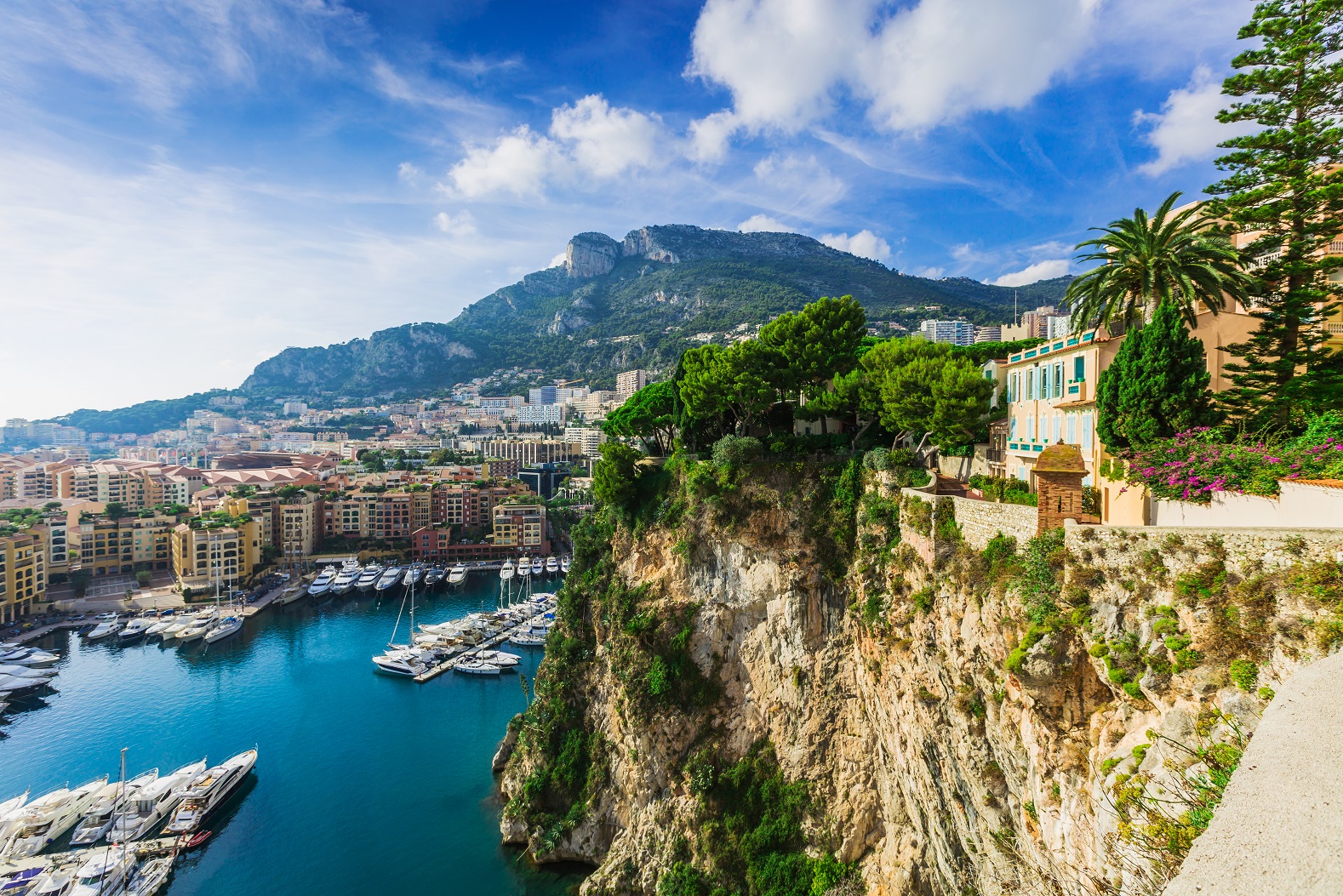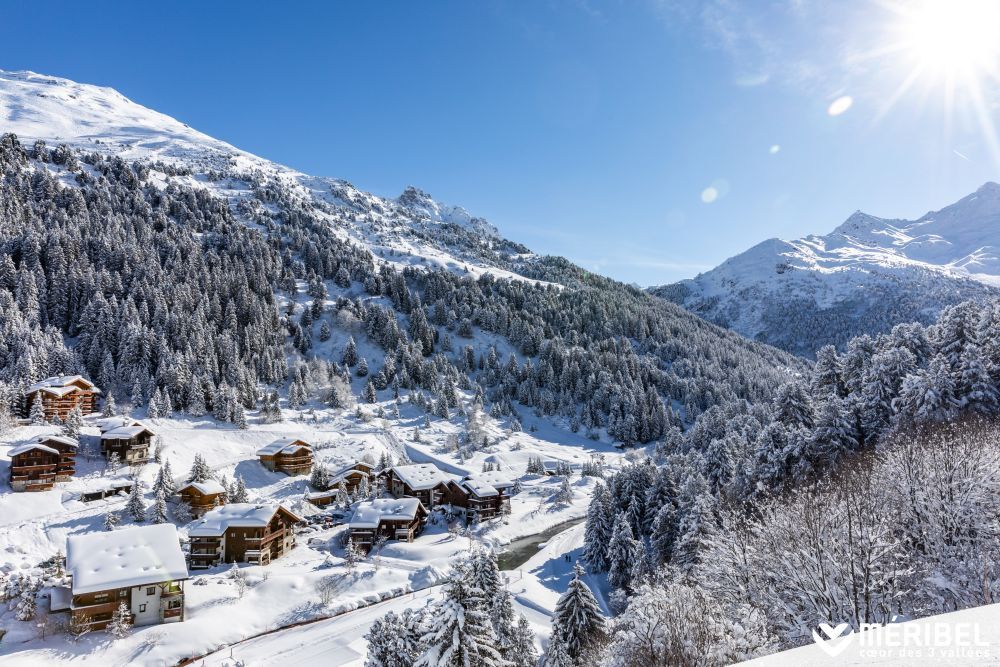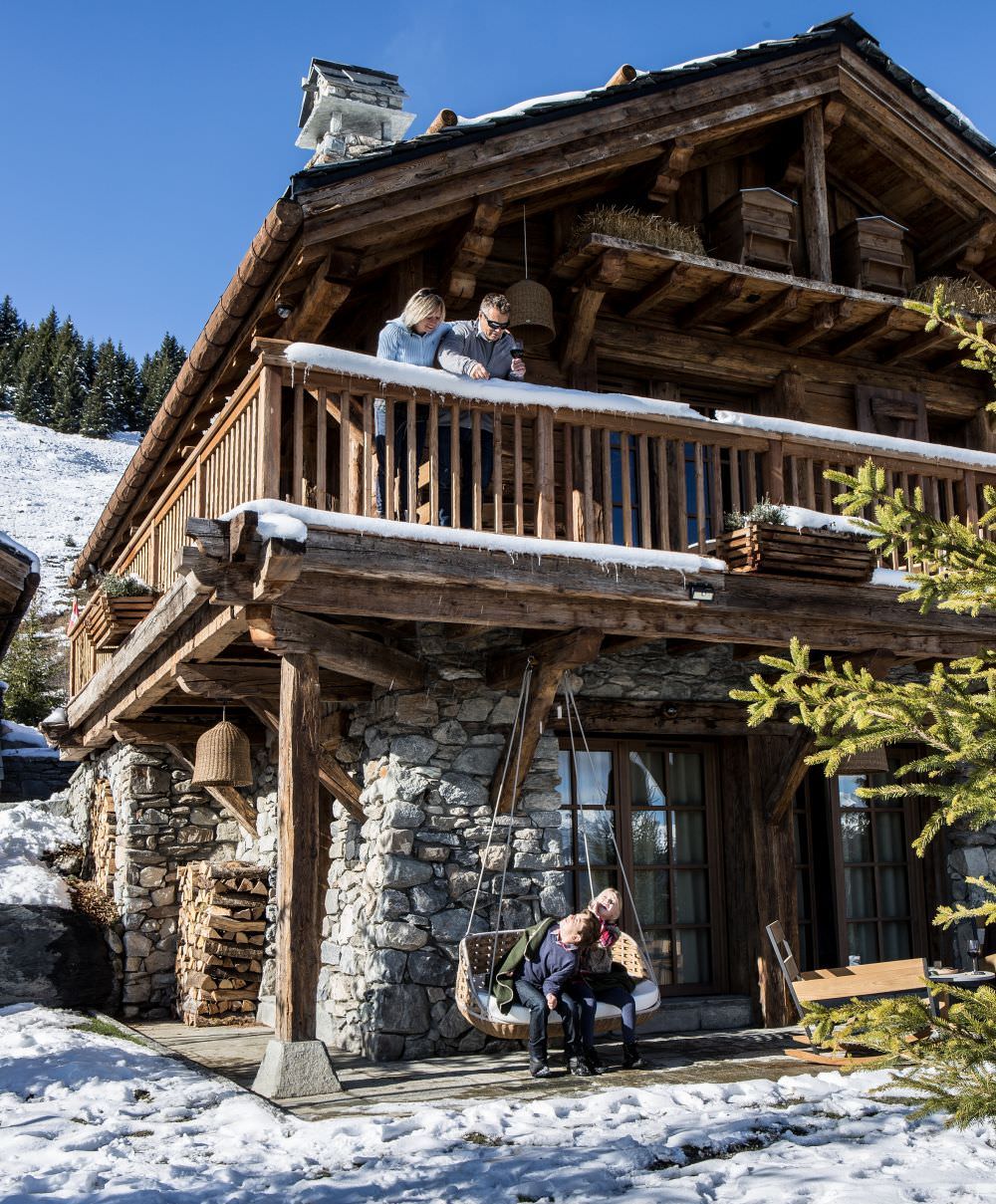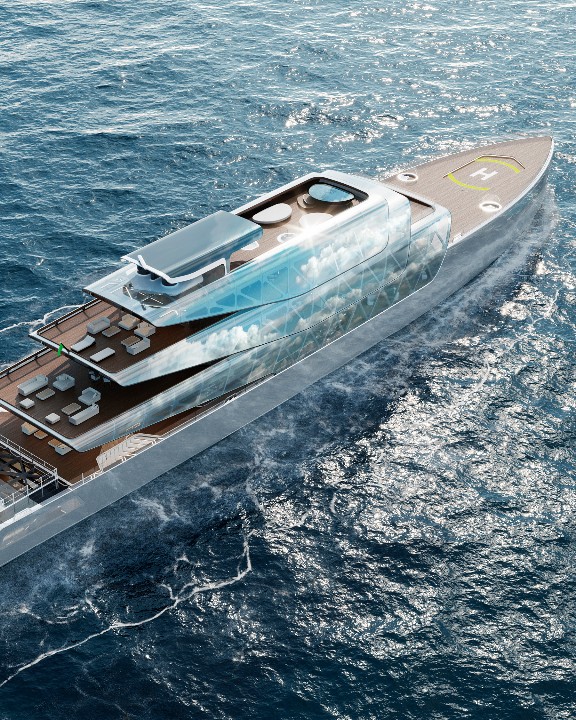 All Articles
Agenda
Art
As seen by...
Cars
Destination
Discovery
Environment
Escape
Event
Fashion & Beauty
Gastronomy
Getaway
Interview
Leisure
Maya Collection
Real Estate
Urbanism
Watch & Jewellery store
Watchmaking
Watchmaking & Jewellery
Well-being
Yachting
All Articles
Agenda
Art
As seen by...
Cars
Destination
Discovery
Environment
Escape
Event
Fashion & Beauty
Gastronomy
Getaway
Interview
Leisure
Maya Collection
Real Estate
Urbanism
Watch & Jewellery store
Watchmaking
Watchmaking & Jewellery
Well-being
Yachting
 Architecture
Art
Design
Gastronomy
High-tech
Interior design
Jewellery
Services
Sport
Tourism
Watchmaking
Yachting
Architecture
Art
Design
Gastronomy
High-tech
Interior design
Jewellery
Services
Sport
Tourism
Watchmaking
Yachting
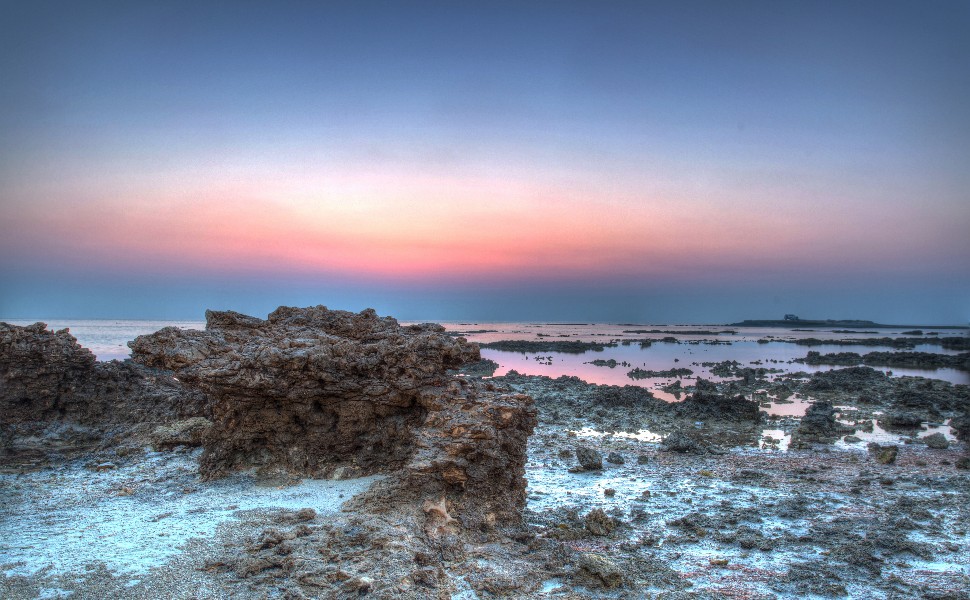
Lush mangrove forests, a mysterious island and an ancient fortress offer a voyage between nature and history.
Far from futuristic skyscrapers, avant-garde museums and lively souks, another facet of Qatar is revealed to the curious: that of well-preserved nature where hidden treasures are unveiled to those who take time out to find them. This itinerary stretches from Al Thakira, known for its mysterious mangrove forests, to Purple Island, then the fort of Al Zubarah.
About 60 kilometres from the lively heart of Doha, discover an oasis of tranquillity: the Al Thakira Forest. This stretch of emerald green dotted with mangroves – forests whose tropical shrubs plunge their roots into saline water – hosts remarkable biodiversity. Paddling in a kayak along these tranquil waters offers immersion in a world where time stands still. This soothing silence is only broken by birdsong and the gentle lapping of waves against the hull.
In north-eastern Qatar, near Al Khor, this island – known locally as Jazirat Bin Ghannam Island – is named after its purple shells, all that remains of an ancient dye industry. Following its sandy paths is like browsing the past of Qatar, where man and nature coexisted in harmony for centuries. The island is also brimming with mangroves hosting a colony of migratory birds such as pink flamingos and herons. An impressive spectacle to be discovered in winter.
Another gem hides in the far north-west of the peninsula: the fort of Al Zubarah. Part of UNESCO’s World Heritage, this archeological site is in the ancient town of the same name – known for its pearl fishing in the 18th-19th centuries. Overlooking the ruins, the fort now hosts a museum tracing the tales of warriors and pearl merchants of yesteryear. As the sun goes down behind its ramparts, the shade from the towers is prolonged, and visitors dream about legends bequeathed by this land.
Essential allies in the fight against global warming, mangroves play a vital part in the Earth’s equilibrium. On a worldwide scale, these fascinating eco-systems stock about 34 million tons of carbon per year. As well as regulating the climate, these coastal forests provide a wide array of natural habitats.
To reach the reception, ask the concierge or make a reservation click on the bell!


